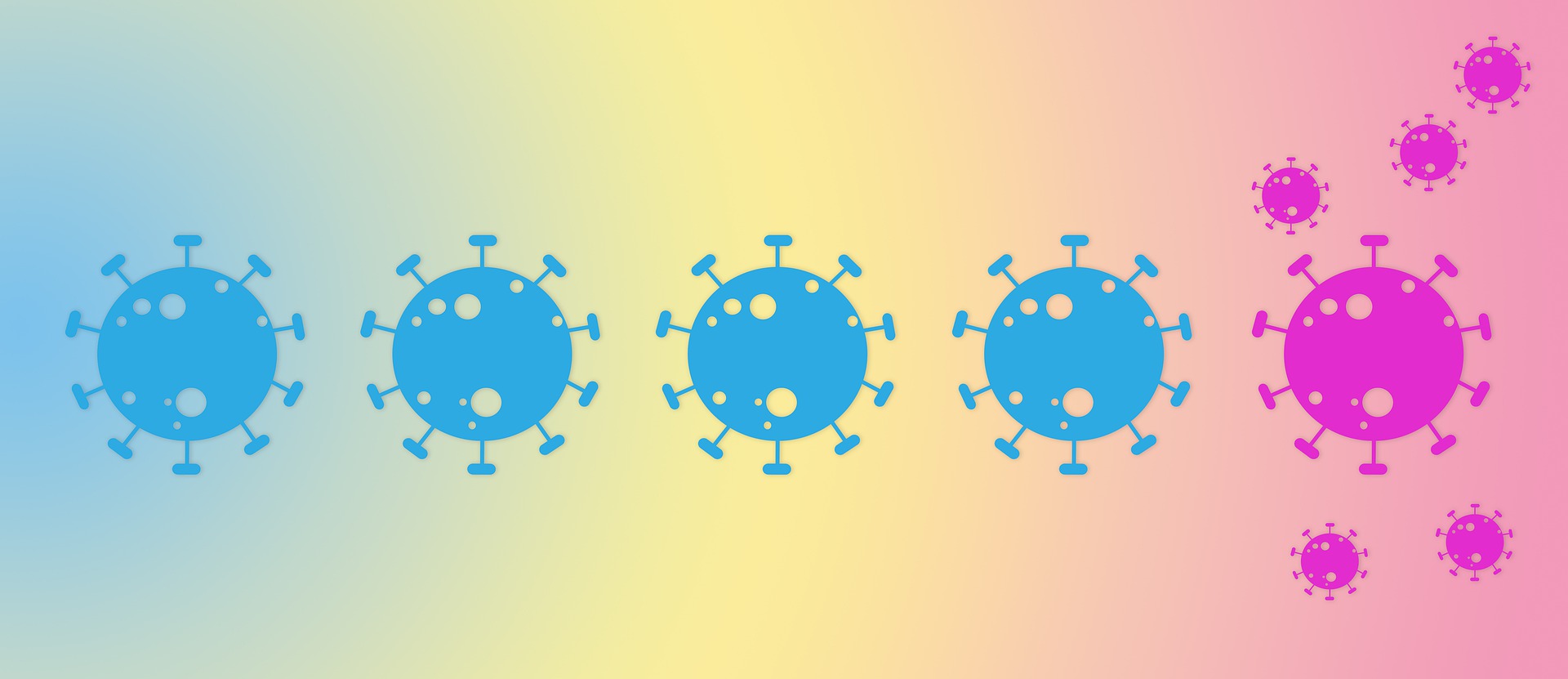Amid a recent increase in COVID-19 variant cases in Santa Clara County, researchers at the Stanford Clinical Virology Lab discovered another new variant in the county, called the “double mutant.” It was first reported in India and is now the first confirmed case in California.
Higher transmissibility and reduced immune response against the variant are concerning, but “it seems likely that our current vaccines, especially the mRNA products, will remain effective,” wrote infectious disease clinical professor Stanley Deresinski in an email to The Daily.
Every variant of concern has now been detected in Santa Clara County, including the B.1.1.7 strain originally discovered in the United Kingdom, B.1.351 in South Africa, P.1 in Brazil, B.1.525 and B.1.52 in New York and L452R, now known as B.1.427 and B.1.429, in California.
The name “double mutant” means that two of its mutations have already been identified in the other strains, one in the California variant and another in both the Brazil and South Africa variants.
The mutation in the California variant “has been associated with a modest increase (approximately 20%) in transmissibility,” while the mutation in the Brazil and South Africa variants allow them to better escape the immune response created by vaccines, Deresinski wrote.
The new “double mutant” variant was discovered in Santa Clara County shortly after it was first reported in India, according to associate professor of pathology and medicine Benjamin Pinsky, who heads the Clinical Virology Lab.
Together, the two mutations on the variant could result in a virus that is more transmissible, less susceptible to antibodies and potentially evasive of vaccine-induced immunity, Pinsky said, though there is still not enough known about the new variant to draw conclusions about vaccine efficacy.
The discovery of the “double mutant” came during a rise in variant cases in the county.
“The proportion of cases that are linked to more transmissible variants is climbing and signals a worrying trend,” an announcement from the county public health department wrote last week.
According to Pinsky, the California and the U.K. variants are the most common in the Bay Area and are likely the ones responsible for the climbing variant cases. In Pinsky’s variant surveillance lab, which screens samples from Stanford’s patient population, around 60% of the positive COVID-19 cases are California variants. And according to genetics professor Michael Snyder, the U.K. strain has become the predominant strain in the U.S.
Continued transmission of these variants could lead to a surge in cases, especially because not everyone has been fully vaccinated yet, according to chief of pediatric infectious diseases Yvonne Maldonado.
“These variants only show up because we keep having new cycles of exposure, and of course with each exposure, there’s a risk of developing mutations,” Maldonado said.
As a result, experts are mainly concerned that the increased variant transmissions in the county will cause the variants to eventually mutate into a much more resistant strain.
“The quicker we get it under control, the fewer mutants there will be, the less chance that something really nasty would emerge that’s resistant to the vaccine,” said Snyder.
Currently, the Pfizer and Moderna vaccines are mostly protective against the variants. Although the most recently approved vaccine by Johnson & Johnson is not as effective against variants, it is still able to prevent severe disease, hospitalization and death.
Continued monitoring of the variants through surveillance is essential, Pinsky said. Researchers say it’s a “race” to get as many people vaccinated as possible before the strains spread and mutate more.
“Right now, the battle is between control of the pandemic and the emergence of variants,” Deresinski wrote. “It is not only a matter of controlling the pandemic in the countries such as the U.S. –– it is necessary to accelerate the race to control the virus on a global scale by vaccination of the world’s population.”
The current vaccine shortage in Santa Clara County slows some of this progress locally, but Deresinski wrote that the county is “well positioned to control the virus as vaccine becomes increasingly available.” California residents age 50 and older became eligible for the vaccine on April 1, and residents age 16 and older will become eligible on April 15.
Overall, county COVID-19 rates have been relatively low compared to most other communities, Snyder said. The county dashboard reports a seven-day rolling average of 110 new cases per day, and the county entered the orange tier on March 23 allowing loosened restrictions on businesses and recreation.
“As long as the total number of cases do not surge in the County, tier advancement should not be affected,” Deresinski wrote. “Nonetheless, we may have a rollercoaster ride in front of us.”
